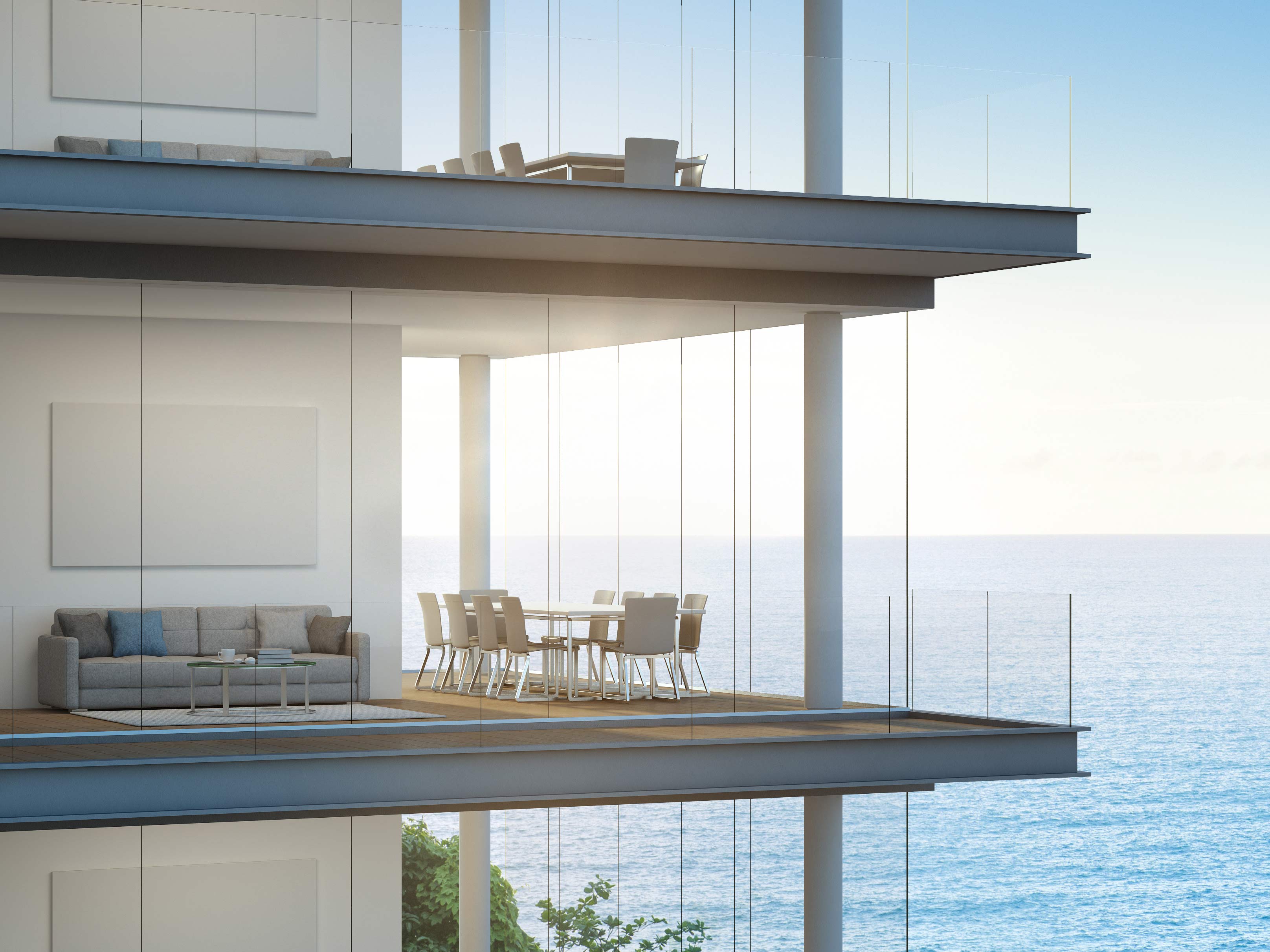24 November 2021
4 min read
#Construction, Infrastructure & Projects, #Property & Development
Published by:

In the first part of this series, we discussed matters which luxury developers should consider before inviting contractors to tender on luxury development projects, including developing a clear overall vision and design intent for the project.
In this instalment, we discuss the contracting phase of luxury development projects and ways in which the contractual framework can work to ensure that the finished product achieves the developer's vision while limiting their exposure to risk.
When entering into a contract for the construction of a luxury development, developers should keep in mind three key considerations:
We explain each of these considerations below.
If a dispute arises in relation to works on a project, the parties will revert back to the terms and specifications of the contract to determine what was required of each party.
As such, it is best practice to ensure that the contract is as clear and detailed as possible with respect to the exact scope and standard of work that the contractor is required to perform.
One way of achieving this is to only include the final versions of documents or schedules into the contract. This includes documents such as drawings, specifications, finishes schedules and allowances for provisional sums or prime cost items. However, the inclusion of drafts or multiple versions of documents in the contract can result in uncertainty about what the contractor is actually required to deliver.
If any preliminary, draft or conceptual documents do need to be included in the contract (which may be necessary if the design has not been finalised at the time of entering into the contract), the contract needs to clearly address the fact that these documents need to be developed by the contractor and are not reflective of the final product to be delivered.
It may also be useful to consider whether any specifications may need to be varied or deviated from during the project, for example, when certain materials specified in the finishes schedule become unavailable. The contract can be drafted to provide specific guidance on what happens in such a situation and who is liable for the costs and time associated with any such variation.
Frequently contracts for luxury development projects will be Design and Construct contracts where the design is not finalised at the time that the parties enter into a contract. Usually, this is because the developer wishes to rely on the experience of the contractor and other consultants to develop the design from a base conceptual design provided by the developer.
In these circumstances, the contract will need to be extremely clear and unambiguous in respect of:
One option is to have the contract allow for a designated “Design Development Stage” where all key resources on the project work together to complete the design within designated parameters, such as a strict timeline to complete the design. This will allow the parties to know that any changes or deviations beyond that point in time are in fact variations to the contract and not merely reasonable design development required under the contract.
In circumstances where the developer is going to be involved in the ongoing design development or retain architectural control on design decisions, including decisions on the aesthetics of the development, developers should be wary of ensuring that the contract is clear about the contractor remaining wholly (and solely) responsible for ensuring that the design is fit for purpose and meets the overall design intent.
The more involvement developers have in the works, the more likely a contractor will shift risk under the contract to the developer if problems occur during the project.
Some situations where a developer could be exposed to such a shift in risk include:
Therefore, it is important for developers to ensure that the contract is balanced in accounting for the foreseeable steps that they may need to take to ensure that the overall design intent is achieved, but also address, and limit, the circumstances in which risk may shift from the contractor.
In the next and final part of this series, we will discuss how developers can work to achieve and have their ‘vision’ delivered throughout the construction period.
Authors: Kirsty Smith & Tarin Olsen
Disclaimer
The information in this publication is of a general nature and is not intended to address the circumstances of any particular individual or entity. Although we endeavour to provide accurate and timely information, we do not guarantee that the information in this article is accurate at the date it is received or that it will continue to be accurate in the future.
Published by: